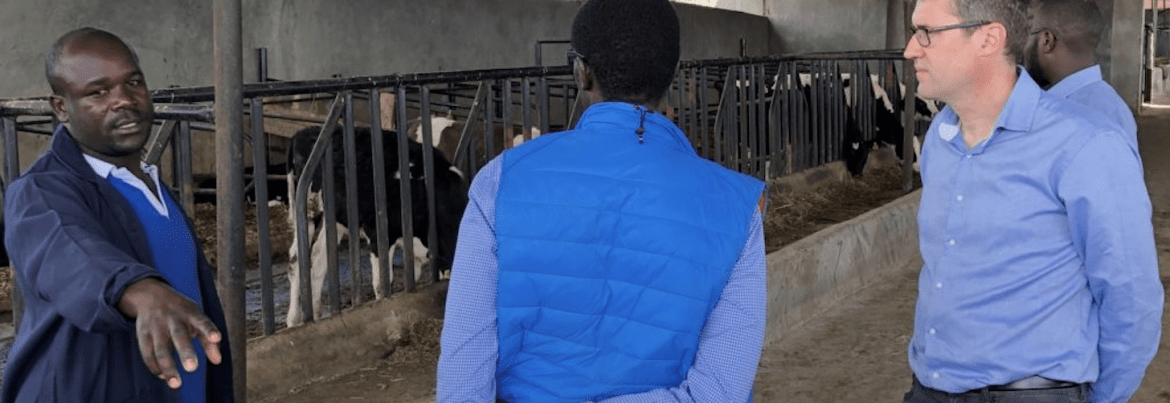Transforming the Dairy Sector

With 133 million dairy farms around the world, the dairy sector supports the livelihoods of 1 billion people. But growing domestic consumption and production in low- and middle-income countries raises the question of which direction growth should take. Aidenvironment worked with two organizations on identifying a sustainable way forward.
A business as usual scenario of expanding the current inefficient production and value chain systems will further exacerbate poverty, cost-inefficiency, poor milk quality, inefficient land use, and greenhouse gas emissions. Alternatively, growing demand offers opportunities for inclusive economic development with reduced environmental footprints, including the mitigation of greenhouse gas emissions. However, alternative scenarios will require a fundamental shift in how dairy sectors organize their production, processing, and trade. Aidenvironment supported two organizations that are working on these alternative scenarios.
First, we worked with Solidaridad on defining and writing up their global strategy. From their extensive experience with dairy programs across Asia and Africa they identified four critical components which need to be addressed when developing competitive and sustainable dairy sectors: professional and climate-smart dairy production models, quality and segmented service provision, integrated value chains, and effective sector governance. For further reading, Solidaridads publications can be found here.
Second, for the Embassy of the Kingdom of the Netherlands in Kenya we made an end of project evaluation of SNV’s Kenya Market-led Dairy Programme (KMDP) Phase II. Aidenvironment conducted this evaluation in partnership with Emma Blackmore, a research associate with IIED based in Kenya. The evaluation concludes that KMDP has contributed to systemic change in sustainable fodder production and distribution and to a shift in mindset concerning the need for practical farmer training and the importance of milk quality. Other results include the introduction of numerous innovations and the establishment of service delivery models differentiated for small-, medium-, and large-scale farmers. A recommendation for future engagement is to institutionalize some of the program’s achievements and work with key stakeholders toward a shared vision and sector transformation roadmap.
For more information, please contact Jan Willem Molenaar
